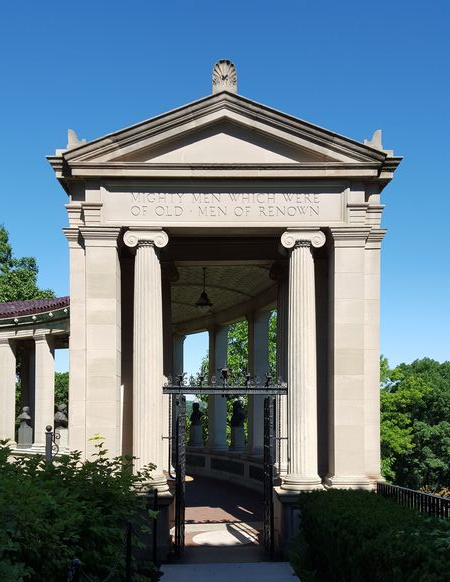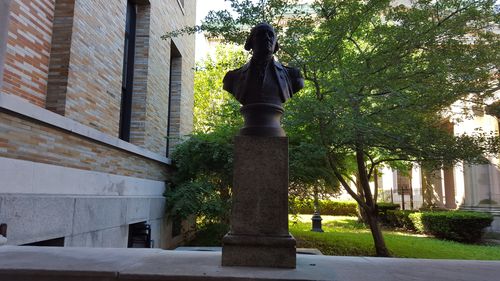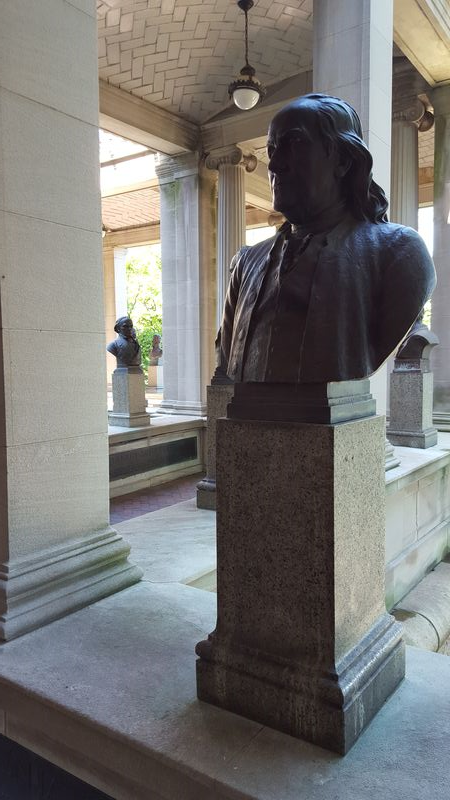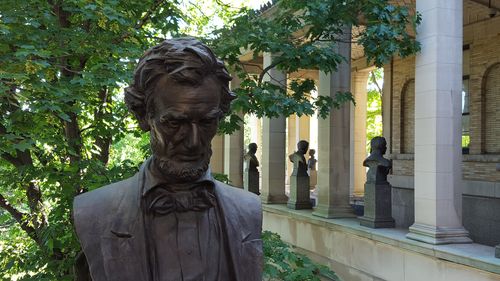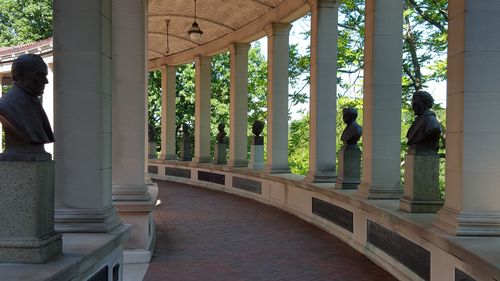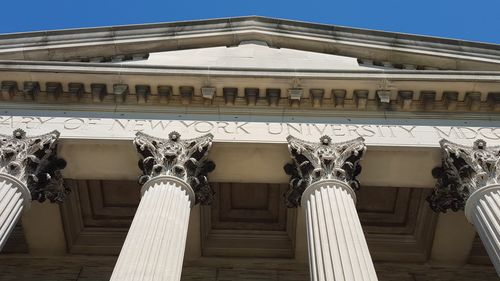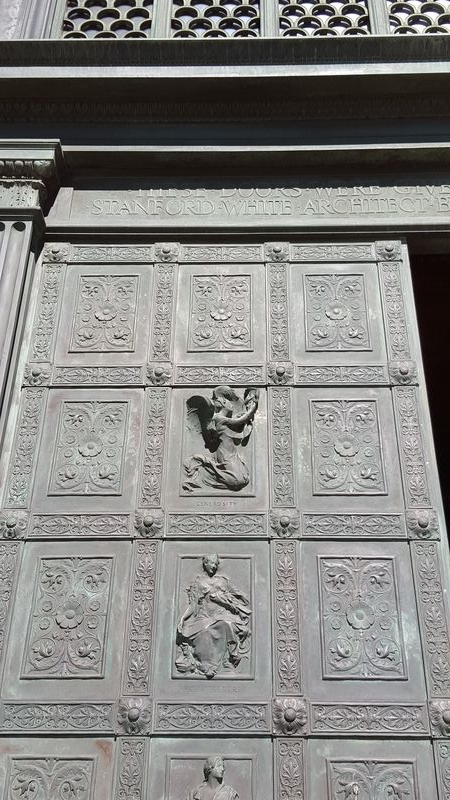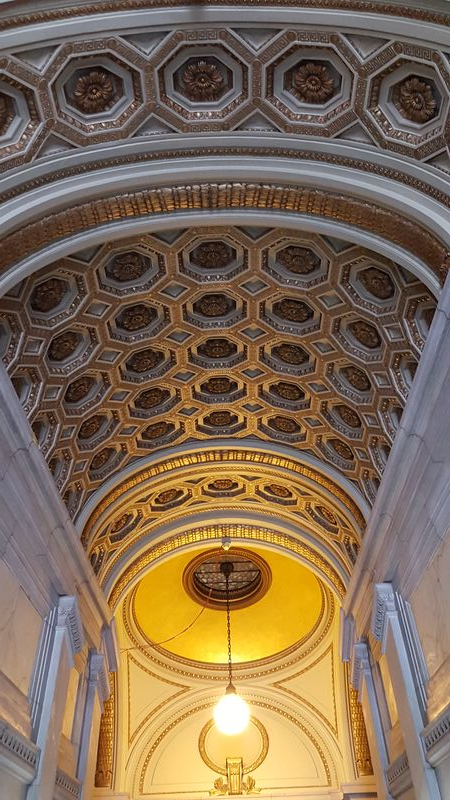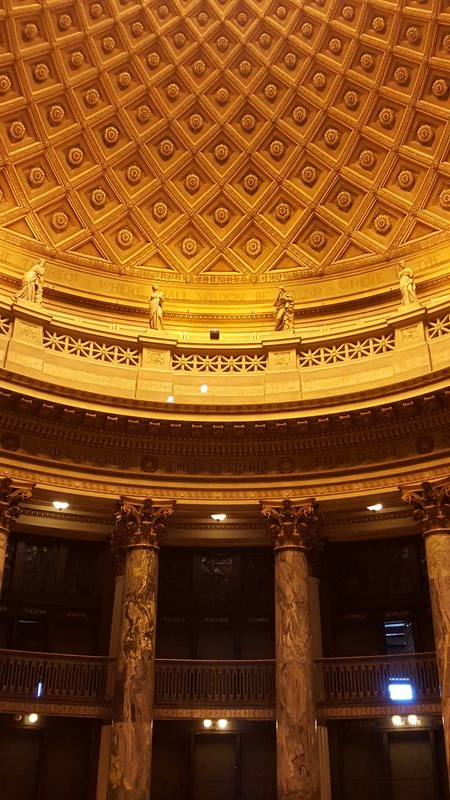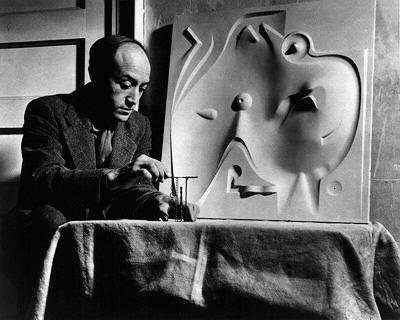Late last year outside Pomander Walk, the historic Tudor-style residence on West 95th Street, a custodian sweeping the street was attacked by 29-year-old Jairo DeLeon, who, without provocation, proceeded to stab him with a knife. The handyman sustained severe lacerations to his arm, which he had held up to protect himself as he bled out onto the sidewalk. He was saved by neighbors who staunched the blood with a tourniquet. After police apprehended DeLeon, they learned that he was known as “Little Owl” in a gang called Dominicans Don’t Play and had 29 prior arrests.
In June, on what was, until recently, a leafy stretch of West 94th Street, a 28-year-old man named Jack Kester, deranged and apparently high on drugs, damaged and destroyed several trees with a saw while riding around on a child’s scooter, declaring “I’m king of the world.” When a neighbor confronted him, Kester threatened him with his gardening supplies while exclaiming “You’re a punk-ass bitch,” before fleeing into nearby Riverside Park.
More recently, the New York Post made a cover story out of a 49-year-old homeless man named Monk, a well-known local presence who for years has resided in his own fetid sidewalk encampment of blankets, trash, and crumpled newspapers on Broadway near Zabar’s. The Post featured Monk urinating in the middle of Broadway in broad daylight with the headline20 YEARS OF CLEANING UP NEW YORK CITY PISSED AWAY.
Post columnist John Podhoretz, himself a lifelong Upper West Sider,lamented how “homelessness and empty stores” had become “the new normal in NYC.” The Post ran several follow-ups to the Monk story, and its coverage finally prompted a noticeable police response. After being picked up for psychological evaluation, however, Monk returned to the streets.
Last year, Mayor de Blasio announced that the city’s first lady, Chirlane McCray, is spearheading a taskforce that will soon unveil a plan to address the problem of the mentally ill homeless by decriminalizing certain pathological behavior and raising the bar for possible arrest and incarceration. “We intend to treat this situation very differently,” de Blasio said. At the same time, city council speaker Melissa Mark-Viverito has also proposed decriminalizing offenses such as the public urination that landed Monk on the cover of the Post. Even police commissioner William J. Bratton, an architect of quality-of-life policing but now beleaguered within de Blasio’s administration—he says he won’t serve in a second de Blasio term—has equivocated on using his officers to address vagrancy. “They have every bit as much right to be in that park as you or I to sit on that bench,” he said of the homeless—though in late July he announced new training for 10,000 officers on how to deal with vagrants.
Without a comprehensive approach to mental illness that includes a fresh look at institutionalization, however, the only idea that de Blasio and liberal homeless advocates can come up with is what they call “community-based solutions”—that is, placing facilities for the homeless, the mentally ill, and even convicted criminals in residential neighborhoods. But by basing treatment in such areas rather than in sequestered settings, these solutions introduce destabilizing populations into functioning communities. They damage the city’s social fabric, further marginalize residents already at risk, and poorly serve those in need. Yet they also enrich certain landlords and homeless-industry insiders, who profit from their incursion.
“Community-based” approaches are already having disturbing effects. In East Williamsburg, former homeless men who have earned a second chance thanks to the Doe Fund’s Ready, Willing & Able work program are battling the Department of Homeless Services, which proposes to push them out of the Doe facility and replace them with sex offenders. In outer Brooklyn, the New York Times reported on the operation of community-based facilities for criminals called “residential reentry centers” (RRCs), otherwise known as “halfway houses.” Here, a “politically connected entrepreneur with a checkered history in the halfway-house industry,” Jack A. Brown III, was paid $241,900 in 2010 by his own RRC organization, Community First, which also employed his brother and sister. To operate just one facility called Brooklyn House, Community First was awarded a contract estimated to be worth more than $29 million over a two-year period. Yet as the Times reported, rather than receive assistance in acclimating to life outside prison, inmates lived in squalor and “often have little to do and receive few services . . . Some of them pass the time playing cards, ordering takeout food and watching videos, including pornographic ones. At night, they talk on cellphones, which are supposed to be banned; drink alcohol hidden in water bottles; and smoke synthetic marijuana, called K2 . . . They also flee.” A Department of Justice internal audit of Community First confirmed much of the Times story.
Last year, after a doubling of smash-and-grab break-ins of cars parked along Riverside Drive, along with an 82 percent uptick in robberies in the area, police from the 24th precinct raided the Freedom House Shelter on 95th Street and arrested 22 residents who, it turned out, had outstanding warrants. The homeless advocacy group Picture the Homeless held a rally at the shelter to protest the raid and called for more “effective community-based solutions.” And Bratton proceeded to criticize the raid, seeing it as “well-intended, but [not] something I’m . . . supportive of . . . That policy of that precinct has ended.”
If there was any doubt that de Blasio intends to expand his community-based approach, look to his robocalls earlier this year to landlords,offering them incentives to take in more city homeless. Such a push is a win first and foremost for the mayor’s allies in the homeless-shelter industry and a payback for campaign support. “Homeless shelter landlords bet big on de Blasio,” Andrew Rice reported in New York in 2013. “During 2011 and 2012, a small group of property owners and contractors who do business with the city’s Department of Homeless Services donated more than $35,000 to de Blasio’s campaign, according to records on file with the city and state campaign-finance boards.” Rice reports that most of the money came from landlords of single-room-occupancy hotels converted into shelters with “sky-high rents” by an organization called Housing Solutions USA, formerly known as Aguila, run by Robert Hess, Mayor Michael Bloomberg’s one-time commissioner of homeless services. Hess even held a fundraiser at his home for candidate de Blasio that included Alan Lapes, “one of the largest and most controversial players in the for-profit shelter industry.”
It so happens that Lapes is the owner and Hess the operator of Freedom House, the raided shelter on West 95th Street—from which DeLeon was departing when he stabbed the super of Pomander Walk.

